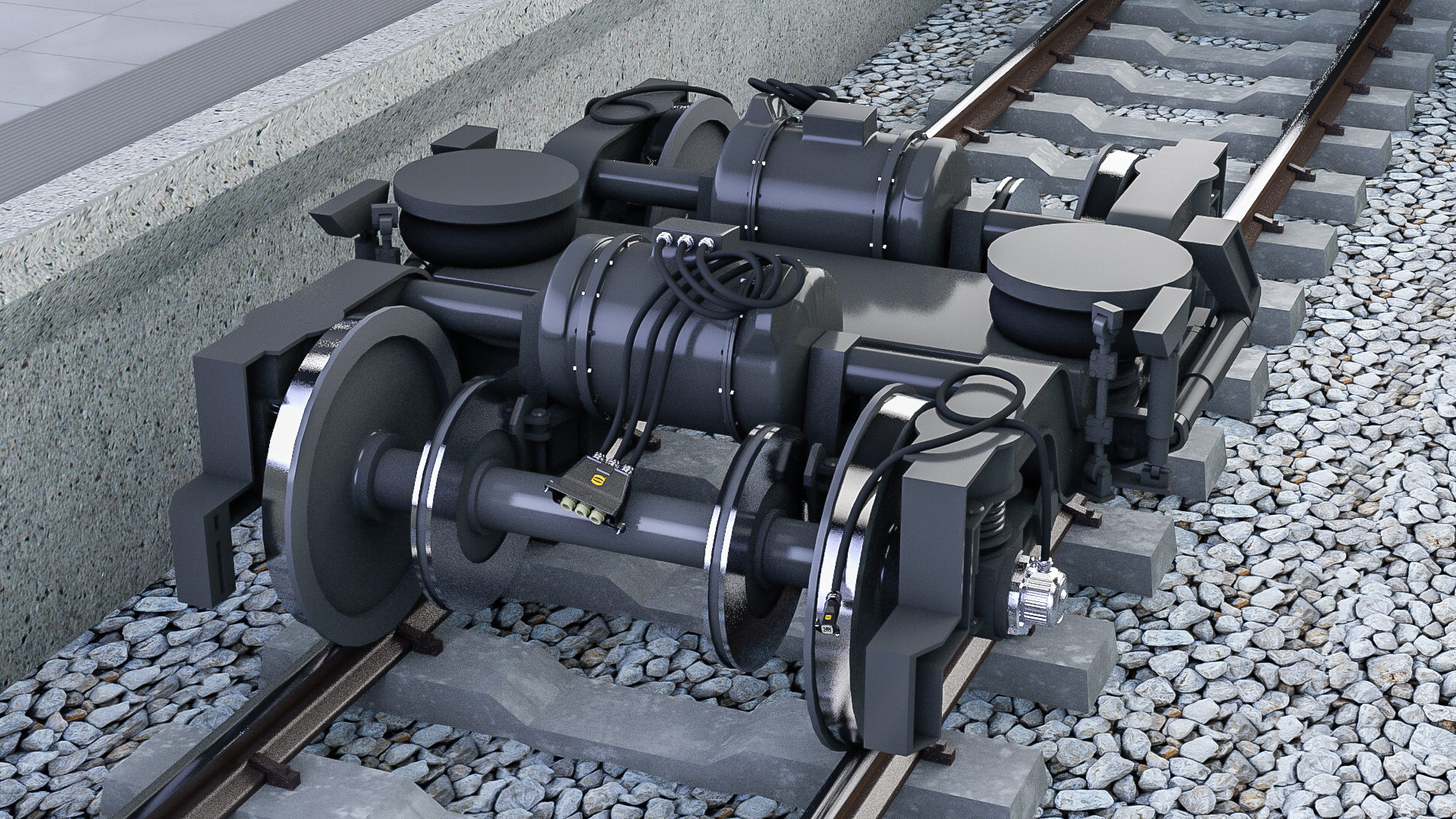Innovative connectors for rail
HARTING has supplied appropriate interfaces for a multitude of applications in the railway sector. The company offers designs for the connection of drives as well as for cross-carriage power, signal and data transmission – e.g. to power and supply passenger information and train monitoring systems. Han connectors, which were actually developed for industrial machinery and plant construction, have turned out to be 'tailor-made' for rail vehicle construction as well.
As a result, for decades transportation has been one of the most important markets for the HARTING Technology Group.
Whether the goal is increased system security, comfort and service requirements for passengers, cost reduction or the fastest possible production and installation – HARTING offers solutions of the highest quality which provide easy and safe handling for different requirements.
The advantages lie above all in the longevity of the connectors and in the multitude of possible transmission solutions in the smallest space. For cross-carriage data transmission (including Ethernet, category 7A), HARTING provides – e.g. via the Han Gigabit module – a highly robust and 360° shielded, space-saving solution in a modular connector.
One thing is clear: the use of connectors strengthens the market position of both the manufacturer and the operator in the railway sector, since connections which can be quickly mated/unmated improve the division of labour and flexibility both in the construction of a rail vehicle as well as in operation and service.
Structurally, connectors also align with the 'modular design' of vehicle technology and the rail network: plug-in interfaces allow all system modules and components to be quickly connected to one another. The connections can still easily be disconnected again in the case of maintenance, however.
Connectors have now proven themselves worldwide in the railway sector. With its technology and its specific portfolio, HARTING is a sought-after and valued partner in all countries with a highly developed railway industry.

HARTING is also one of the first companies to be certified according to IRIS (International Railway Industry Standard). In 2017, the company garnered the 'Railsponsible CSR Award' of the sustainability initiative of the European rail transport industry.
HARTING products and services tailored to individual customer requirements are embedded in the overall concept of each respective train, carriage or railcar. The train must also be able to communicate with the stationary railway and network infrastructure.
This is where HARTING's extensive interface portfolio comes in. It is important to integrate data and signal sources such as sensors and RFID tags via connectors and to support identification processes between moving and stationary rail inventory.
Robust solutions are required for the exterior area of railcars and carriages, e.g. solutions for motor connection and carriage transition, since such connections must withstand harsh ambient conditions and extreme environmental demands such as rockfall, corrosion, moisture and changing temperatures.
By way of example, RFID transponders on rails and vehicles, as well as antennas under trains, all collect data on the condition of the carriages and permit analysis to be performed, thus providing information early on regarding potential maintenance requirements (read: 'predictive maintenance').
Connectors are often used for electrical connections in communications and power transmission since they are more flexible in their arrangement and handling than hardwired connections.
They also accelerate the assembly of separately pre-assembled modules during installation or final assembly, thus enabling consistent modularisation in production. In general, connectors are suitable for the modular design of rail vehicles – they promote safety and help save time and thus costs.
Manufacturers often produce the components of rail vehicles decentrally, with final assembly taking place at system suppliers. Modular design speeds up assembly – and results in short downtimes in the event of subsequent maintenance or repair.
Here, electrical systems can be swapped out by simply plugging and unplugging the connections. 'Plug & Play' accelerates the installation of electrical and electronic assemblies, doing away with time-consuming laying of connection lines. Another advantage is that connectors can be coded. This rules out errors when establishing connections.
In recent years, HARTING has strengthened its product range and geared it even more specifically to the needs of rail customers. Since products in rail vehicles are exposed to extraordinary conditions – e.g. temperature fluctuations, moisture, vibration, rockfall and electromagnetic waves – maximum robustness, absolute reliability, precision and longevity are key requirements.
Consequently, the associated HARTING products are subjected to extensive testing and inspection performed by a separate, independently certified laboratory. The testing and inspection not only comply with basic electrotechnical standards such as DIN EN 61 984, but also meet the railway-specific standards EN 50 467 and EN 45 545.










